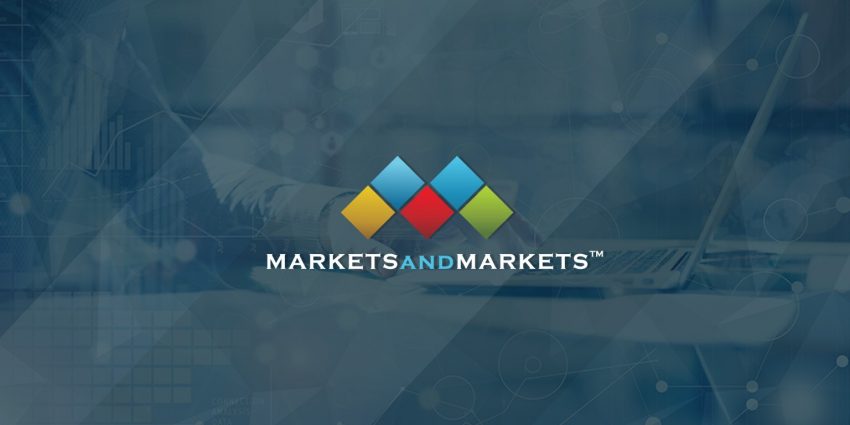Strategic Opportunities for C-Level Executives in Biopharma & MedTech
The global injectable drug delivery market, valued at US$690.23 billion in 2025, is projected to surge to US$1,034.78 billion by 2030, growing at a CAGR of 8.4%. For C-level executives and senior decision-makers in the biopharmaceutical and MedTech industries, this rapid expansion represents more than just growth—it signals a transformative shift in drug administration, therapeutic innovation, and value-based care delivery models.
In today’s competitive and value-driven healthcare ecosystem, injectable delivery systems are no longer confined to traditional hospital settings. They are emerging as cornerstones of personalized medicine, driving ROI across the entire care continuum—from R&D to commercial product success.
Why This Market Matters for Executives
🔹 A Response to Chronic Disease Burden
With non-communicable diseases accounting for 74% of global deaths (WHO), injectable delivery systems are filling a critical need for precision-targeted, high-efficacy treatments. Chronic conditions such as cancer, autoimmune disorders, and diabetes require long-term administration of biologics—many of which demand injectable routes due to bioavailability challenges.
Executives overseeing R&D pipelines and therapeutic portfolios must prioritize injectable-compatible drug formats, particularly in oncology and immunology, where first-mover advantage can determine market share leadership.
Key Market Drivers: Unlocking Strategic Investment Potential
- Surge in Biologics & Biosimilars
- Injectable formulations dominate due to their compatibility with complex biologics.
- Investment in pre-filled syringes, autoinjectors, and needle-free systems offers manufacturers both scalability and differentiation.
- The growing biosimilar approvals pipeline in Europe and North America is pushing demand for delivery systems that optimize efficacy while supporting cost containment.
- Home-Based & Self-Administered Therapies
- The post-pandemic healthcare model emphasizes decentralization.
- Wearable injectors, smart autoinjectors, and on-body delivery systems are now essential for enabling home care and reducing hospitalization costs—enhancing both patient adherence and payer ROI.
- Partnerships & Ecosystem Synergies
- Strategic collaborations, such as the BD-Ypsomed alliance for high-viscosity biologics, exemplify how device makers and pharma firms can co-develop integrated solutions that reduce regulatory friction and accelerate market entry.
- M&A and licensing deals in this space are increasingly ROI-positive, especially when aligned with biologic pipeline expansion.
Regional Outlook: Global Hotspots for Expansion
🌍 North America
- Leading due to early adoption, strong FDA pathways, and robust reimbursement infrastructure.
- Notable developments include connected autoinjectors and digitally monitored drug adherence platforms, creating new avenues for real-world evidence generation.
🌏 Asia Pacific
- Fastest-growing region fueled by chronic disease prevalence, government-backed immunization programs, and rising middle-class healthcare spending.
- Executives targeting APAC should explore joint ventures and localized device manufacturing to optimize margins and regulatory alignment.
Innovation Spotlight: What Executives Should Be Tracking
- Smart Injectors: Digital connectivity, sensor integration, and real-time patient feedback are not just value-adds—they’re fast becoming baseline requirements.
- Microneedle & Needle-Free Systems: These innovations enhance patient comfort and reduce administration errors, especially in pediatric and geriatric populations.
- Sustainable Delivery Platforms: As ESG performance gains board-level priority, reusable and recyclable systems offer both regulatory and brand equity benefits.
Navigating Market Challenges Strategically
While innovation and market demand are strong, regulatory compliance, high development costs, and design challenges in wearable devices remain key hurdles. C-suite teams must proactively manage:
- Regulatory timelines for combination products.
- Design-to-manufacture scalability for emerging injector technologies.
- Portfolio diversification strategies to hedge against potential device recalls and regulatory bottlenecks.
Final Takeaway for C-Level Leaders
The injectable drug delivery market is not just growing—it’s evolving. For biotech and MedTech leaders, the convergence of biologics, digital health, and patient-centric delivery models presents a high-ROI opportunity to transform therapeutic delivery.
Investing in the right platforms, technologies, and partnerships today can yield sustainable market leadership, regulatory advantages, and enhanced shareholder value by 2030.
For more information, Inquire Now!

